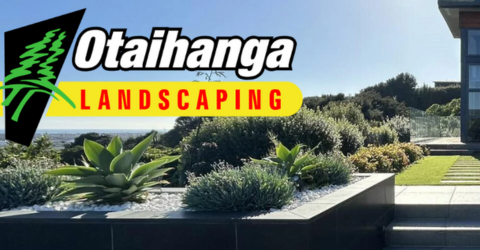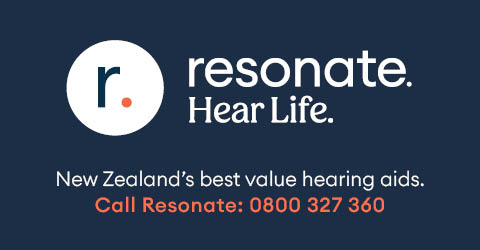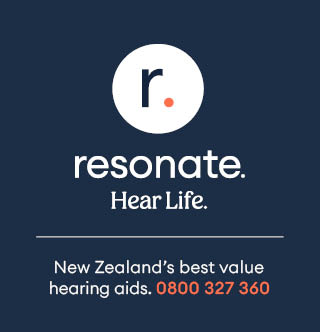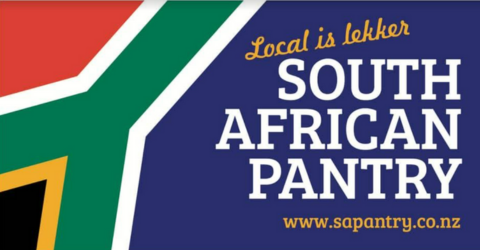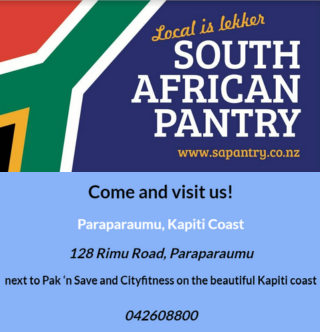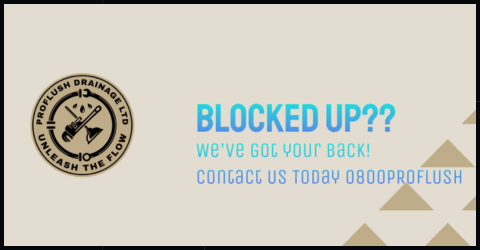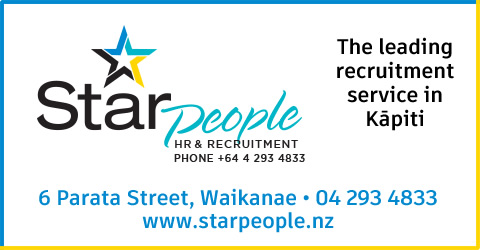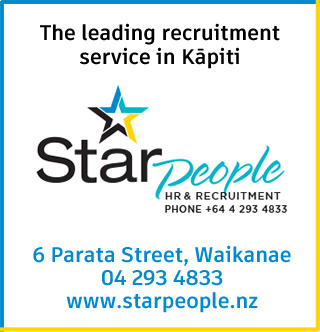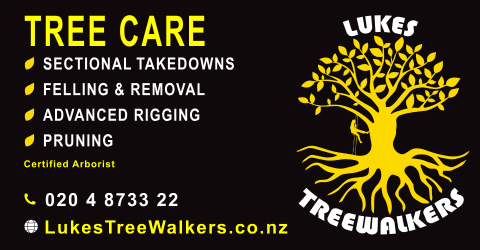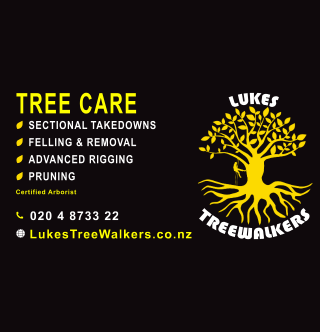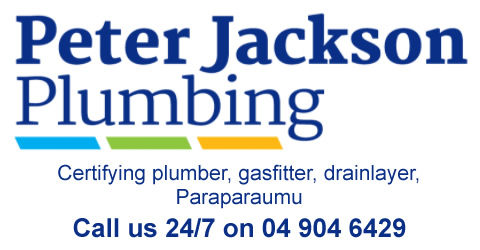2012 was a big year in both my Education and Pacific Island Affairs portfolios. Thanks to all of you who have helped make a difference in these important areas. They matter for our kids and our country.
The issues are challenging, and the debate passionate, and so it should be we all care very much what happens for our children. And the opportunities are enormous.
Our Government is working hard to ensure that all our kids get a better education from our earliest learners through to the choices made at the end of high school. We know how much difference a quality education makes and how critical it is as we prepare our kids to be successful in a rapidly changing world.
We know that kids who start behind too often stay behind. That’s why we have a really ambitious target to have 98 per cent of all new entrants starting school in 2016 having participated in quality early learning whether parent or centre led.
We know from our first year of reporting national standards data that on average 70 per cent of kids are able to read and write and do maths at or above their year level, but that overall boys are trailing girls and Māori and Pasifika are trailing everyone else. And we know that this situation travels on into secondary school and is mirrored in NCEA results.
While New Zealand has a top performing education system overall, there are worrying underlying features that we must address across the system because right now we are leaving behind one in every five of our students. And our Government is focused on getting five out of five of our children the skills, values and knowledge they need to succeed in the 21st century.
Our plan is to help those who are doing well do better, and lift up those who are being left behind. It’s in their interests. And it’s in ours. Successful, participating people grow our economy and strengthen the social and cultural backbone of our communities. It’s that simple.
So what’s the report card for 2012?
Well, for the 4th year in a row our Government has increased funding for education even though finances have been tight. At $9.7billion it’s the biggest ever investment in education. It is more than social welfare and policing put together and imagine the savings we can get in these budgets by being successful in education!
Our Prime Minister John Key announced 10 Better Public Service targets this year, a third of them about education, reflecting the importance our Government places on education.
We’ve increased the number of kids in early childhood education by 2,300 between 1 July 2011 and 1 July 2012 and child places have increased by 5.3 per cent from 163,200 to 171,900. Our target is 3,000 more kids every year for the next four years.
We reported national standards data for the first time, and we published a five year plan to continuously improve both the quality of the data and the level of achievement of our primary school children.
At secondary school we notched up a 6 per cent increase in pass rates of NCEA2 from 66 per cent in 2009 to 72 per cent in 2011.
Our Better Public Service target is to get 85 per cent of 18 year olds passing NCEA2 in 2017 that’s an additional 3,652 more than current trends would deliver.
And at tertiary level our BPS target is to get 55 per cent of 25-34 year olds securing a Level 4 qualification in 2017 that’s an additional 11,250 qualified people in this age group.
These are ambitious targets and to help me focus on what really matters in raising achievement for five out of five of our kids, I established a cross-sector Ministerial Forum which 30 leaders in education, the community, and business participate in.
I asked the Ministry of Education to work in different ways. This has meant using data to understand exactly which schools and which students are our priority for raising achievement; and establishing Taskforces that are focused, smart, nimble and able to work with schools on what makes the difference for students, and with communities on what they can do to support their children and their schools.
I asked the Education Review Office to develop a series of simple publications to help us all ask powerful questions. The first of these “How is my child doing?” sets out the five questions parents can ask their child’s teacher.
I asked the NZ Qualifications Authority to expand their community programmes to engage more parents and students in understanding how the Qualifications Framework works so that students make thoughtful choices about subjects and credits, and are well set up for NCEA2. I also asked that they track down kids who left school with credits, picked up more at a tertiary institution and between them have enough credits to gain NCEA2. We found 1,750 people that turned 18 year-olds in 2011 that achieved enough credits post-schooling to have earned NCEA2.
I asked for a review of the New Zealand Teachers Council to see how we can give a stronger voice to our professionals so that debate on education issues can be wider and more informed.
I asked Careers NZ to become the one stop shop for all careers information and to provide up to date and relevant connections with industry and business to ease the transition between education and employment.
We connected schools to broadband and established a new Crown company the Network For Learning which will provide managed services to all our schools as we grow the digital literacy of learners, teachers, and communities. More than 410,000 students at over 1500 schools will have access to ultra-fast broadband by July next year.
We published our education renewal plan for the greater Christchurch region to deal with both the direct effects of the earthquakes over the past two years but also with issues that were already present. In particular there are over 9,000 less students in the schooling network, and even allowing for expected growth we need to make investments in new education provision that recognises this.
I acknowledge how difficult it has been for Christchurch communities. And I want to thank them all.
Our Government has committed $1 billion to rebuilding the education sector in greater Christchurch over the next 10 years. It’s not simply about putting back what was there, but focusing on what can be done better. We have an opportunity to create modern 21st century learning environments that support the best outcomes for children.
In November, I launched the Pasifika Education Plan 2013-2017.
Our Plan aligns with the Prime Minister’s commitment to all New Zealanders, to deliver better public services, within tight financial times.
The Plan has three measures of success. We want for Pasifika children what we want for all Kiwi kids. We want to see 98% of Pasifika children who have started school, participating in Early Childhood Education first, by 2016. We want to see 85% of Pasifika primary school children at or above in literacy and numeracy, and Pasifika teenagers achieving at least NCEA Level 2 in 2017. Finally, we want to see those Pasifika students at tertiary level, on par with their classmates.
Ultimately we want to see more Pasifika people achieving higher qualifications, and this starts at the very beginning of their education, by improving participation in Early Childhood Education. We’re confident that by working together parents and community + schools + the Government agencies (Ministries of Education and Pacific Island Affairs, the Education Review Office (ERO), Tertiary Education Commission (TEC), New Zealand Qualifications Authority (NZQA), Careers New Zealand, and the New Zealand Teachers Council (NZTC) we can achieve our ambitious goal of 5 out of 5 kids being successful at school.
In addition to this important work, the Pacific Employment Support Service has enrolled 563 youth of whom 60 per cent have successfully transitioned into employment and training. Through the Pacific Trades Training Initiative, with strong pastoral care from Pacific churches, 246 trainees were identified, of which the first cohort of 49 will graduate this month.
Also in the Pacific portfolio, the Prime Minister’s Pacific Youth Awards had the highest number of applicants since its inception. This year the Pacific Business Trust assisted 76 start-ups resulting in 52 sustainable jobs in the non-government and private sectors. Furthermore, the Ministry of Pacific Island Affairs Senior Leadership Development Programme continues to develop Pacific public sector senior managers with the aim of having more Pacific people promoted into leadership positions within the public sector. I am pleased with the progress in this area and we have more work to do over the next year for some great movement for our Pasifika communities.
I have also introduced the Education Amendment Bill which will see the introduction of Partnership Schools which will give parents and students more freedom to choose the type of education that best suits their learning needs. We have had some good organisations enquire about the possibilities.
Importantly, we have made some headway on our quality teaching agenda we know the two main investments we can make to raise achievement is quality teaching, and quality professional leadership and we are focused on that.
We have helped your schools become better equipped to identify and deal with children who have mental health problems through our youth mental health package.
We have made special education support more fairly available across the country through establishing 40 special education clusters, and are working hard to expand our Intensive Wraparound Service to more children and young people with special needs.
Alongside the Youth Guarantee fees free which has 7,402 places available in 2012, rising 8,517 in 2013 we have opened 5 more trades academies, and we have introduced five Vocational Pathways to support young people progressing from school into tertiary training and a career. The new Vocational Pathways have been developed for five broad sectors of industry, covering a significant proportion of the current and future workforce. They are: Construction and Infrastructure, Primary Industries, Services Industries, Manufacturing and Technology, and Social and Community.
So, as you can see it has been an extremely busy but rewarding year with some good learning and some great wins for our children.
I would like to take this opportunity to thank all Board of Trustees, principals, teachers, parents, whānau, aiga for all the wonderful support you provide for our kids.
I wish you all a safe, enjoyable and refreshing summer break. And I look forward to working with you in 2013.
Ngā mihi nui me ngā manaakitanga o te wa.












